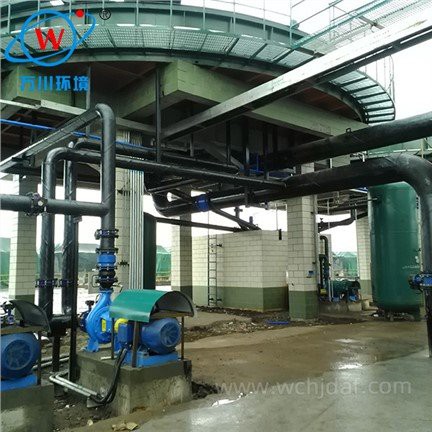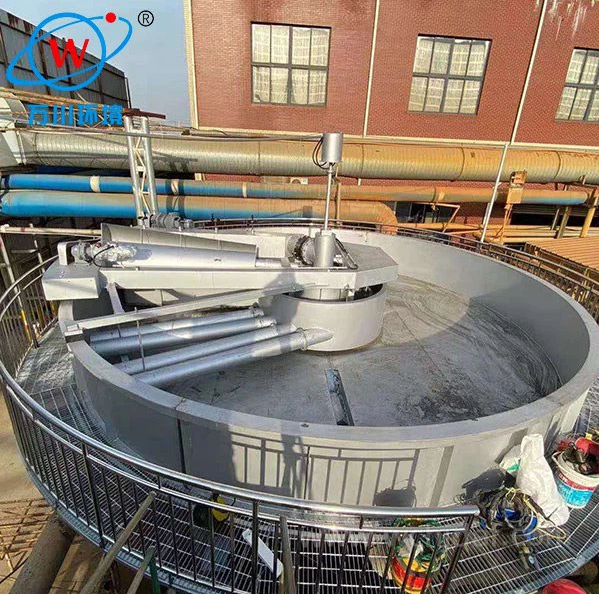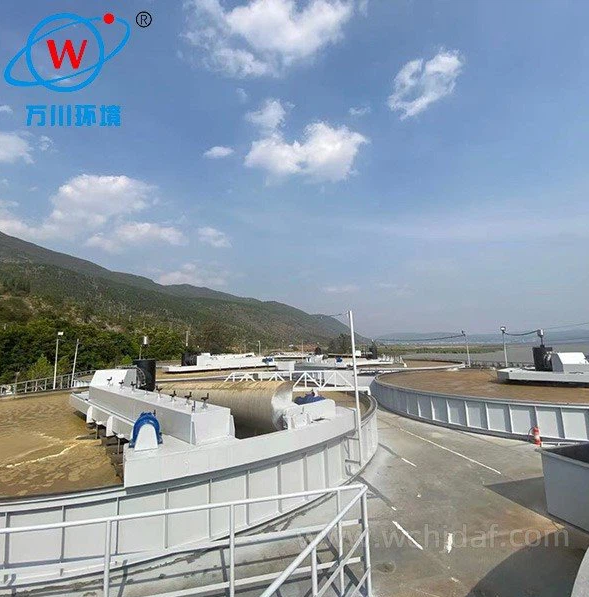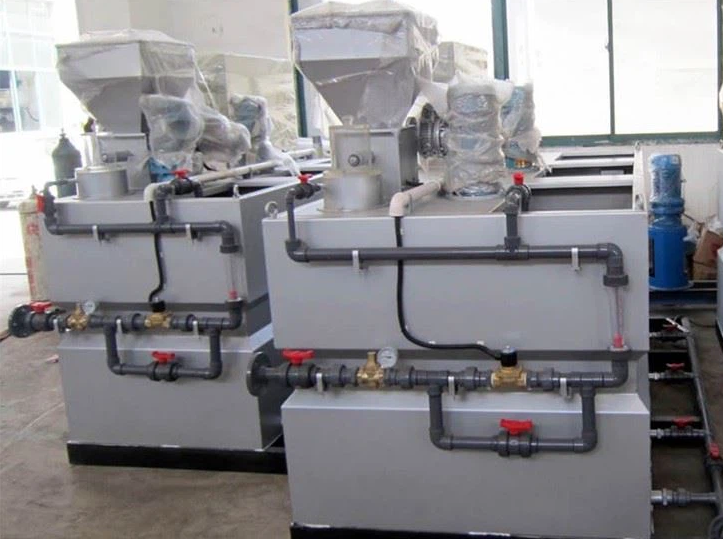Selection Based on Water Quality Characteristics
- Analyze wastewater's pollutant composition focusing on oil, grease, suspended solids, and colloids
- For high oil content: select models with enhanced bubble adsorption and gel layer for hydrophobic properties
- For high suspended solids: prioritize solid-liquid separation efficiency and high scum-carrying capacity
- Consider pH value and temperature fluctuations for material compatibility
Matching the Equipment to the Scale of Treatment
- Select specifications based on average daily volume and peak flow rate
- Avoid underloading (wastes resources) or overloading (compromises performance)
- Small-scale: integrated equipment (space-saving, easy operation)
- Large-scale: modular designs (easy expansion and maintenance)
- Include capacity reserve for temporary fluctuations in quality/volume
Suitable Type Based on Process Requirements
- Select process type based on treatment objectives
- Fine particle removal: pressurized dissolved air system (high efficiency)
- Flocculation needed: combined system with pre-treatment agitator
- High-viscosity wastewater: powerful water distribution and bubble cutting capabilities
- Coordinate with subsequent treatment processes for quality compatibility
Evaluating Equipment Performance and Maintenance
- Investigate bubble generation efficiency (uniform, stable size)
- Focus on energy consumption and operating costs
- Choose energy-saving dissolved air system and efficient scraping device
- Evaluate maintenance ease (well-designed structure, few vulnerable parts)
- Ensure materials are compatible with wastewater corrosiveness






